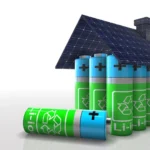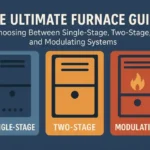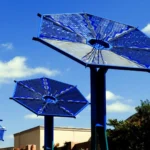Virtual appointments for canadians ONLY!
What is Spray Foam Insulation? Why you should consider Spray Foam Insulation?
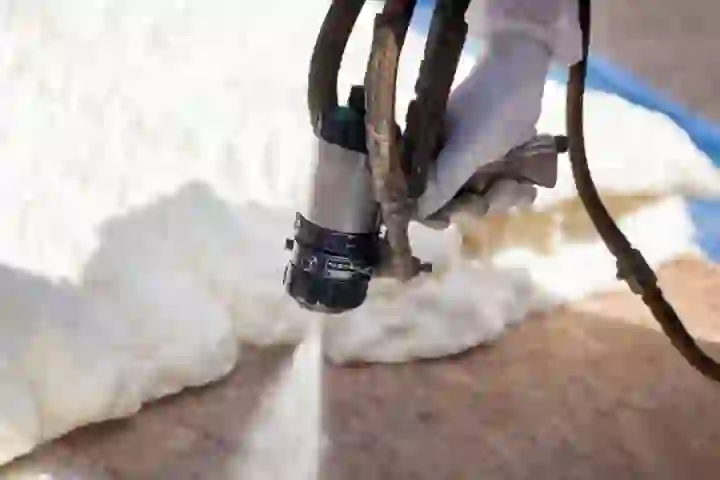
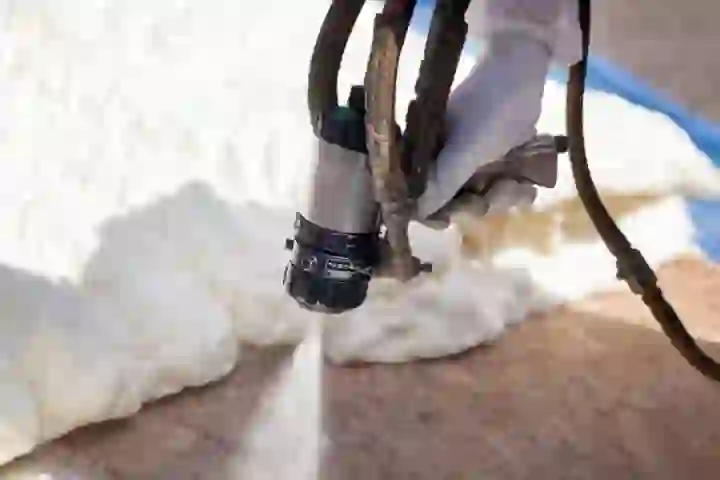
As you’ve researched insulation options for your net-zero home project, you’ve likely come across different types, including fiberglass, cellulose, and spray foam. While spray foam might be less familiar, it’s a highly efficient air-sealing option, crucial for energy savings in both new builds and existing homes. This innovative insulation type has been around since 1986 and is increasingly popular for its comfort and energy efficiency benefits.
Many new homes, especially those aiming for net-zero status, are turning to spray foam for its ability to create a tight building envelope, which prevents drafts and helps regulate temperature. Homeowners of existing residences are also retrofitting attics, walls, and crawl spaces with spray foam to fix issues with uncomfortable rooms and reduce energy costs. Spray foam insulation is even effective in structures like pole barns, where energy loss can be significant.
What is Spray Foam Insulation?
Spray foam insulation is a high-performance insulation and air barrier material that effectively seals walls, floors, and ceiling cavities, blocking air movement. It works well in various applications, from open cavities in new construction and attics to retrofits in crawl spaces and rim joists. Unlike traditional insulation types, spray foam conforms to the space, filling every crack, gap, and crevice. It doesn’t compress, sag, or lose its shape over time, maintaining a continuous air seal and contributing to a more energy-efficient, net-zero home.
Why Use Spray Foam Insulation for Air Sealing?
Updating insulation, particularly with spray foam, can reduce energy costs, minimize drafts, and enhance home comfort. By forming an airtight barrier, spray foam insulation helps seal the entire building envelope, which prevents air leaks, stabilizes indoor temperatures, and stops unwanted air exchanges. This level of air sealing keeps heating and cooling systems from running constantly, saving homeowners money on utility bills. Spray foam insulation also prevents uncomfortable drafts and condensation that can form when outdoor and indoor air meet, especially in poorly insulated areas.
How Does Spray Foam Insulation Help with Energy Efficiency?
Spray foam insulation, especially closed-cell and open-cell foam, offers not only high insulation values but also effective air sealing. For a net-zero home, this insulation provides a barrier against heat transfer (conduction) and air movement (convection), keeping warm air inside during winter and cool air during summer. The airtight seal helps to control indoor humidity and temperature, reducing the load on heat pumps and HVAC systems, essential in energy-efficient homes.
Homes with inadequate air sealing often experience ice dams in winter, which occur when warm air from inside escapes into the attic, melting snow on the roof that then refreezes near the eaves. Insulating the attic’s roof deck with spray foam can prevent these issues by keeping the attic air at a stable temperature, thus avoiding the conditions that lead to ice dams.
What is the Difference Between Open-Cell and Closed-Cell Spray Foam Insulation?
Spray foam insulation comes in two forms: open-cell and closed-cell. Both options offer excellent air sealing, but each has unique advantages. Open-cell spray foam is lightweight and expands up to 100 times its original volume, filling all nooks and crannies for a complete air seal. It’s ideal for reducing noise, managing moisture, and creating a draft-free space.
Closed-cell spray foam, on the other hand, is denser and creates a more rigid barrier, making it a great fit for areas where space is limited or for applications needing additional structural reinforcement. Closed-cell foam offers a higher insulation value per inch, making it effective for smaller spaces or structures where maximum insulation is needed.
How Spray Foam Supports Net-Zero Goals?
Achieving a net-zero home depends on reducing energy consumption, which spray foam insulation supports by preventing energy loss through air leaks. According to the Department of Energy, air leaks alone can account for up to 40% of heating and cooling energy costs. Proper air sealing with spray foam insulation not only boosts the home’s energy efficiency but also helps maintain the net-zero standard, ensuring that all energy generated or consumed is balanced.
Summary:
Spray foam insulation is a high-performance air-sealing solution ideal for net-zero homes, providing superior energy efficiency and indoor comfort. Unlike traditional insulation, spray foam fills every gap, creating an airtight barrier in walls, floors, attics, and crawl spaces. This air seal prevents drafts, reduces heat loss, and stabilizes indoor temperatures, which helps lower energy bills and reduces strain on HVAC systems and heat pumps. Available in open-cell and closed-cell varieties, spray foam is suitable for various applications and supports sustainable, energy-efficient living. Visit our learning center for more on spray foam’s benefits, installation, and how it contributes to achieving net-zero goals.



